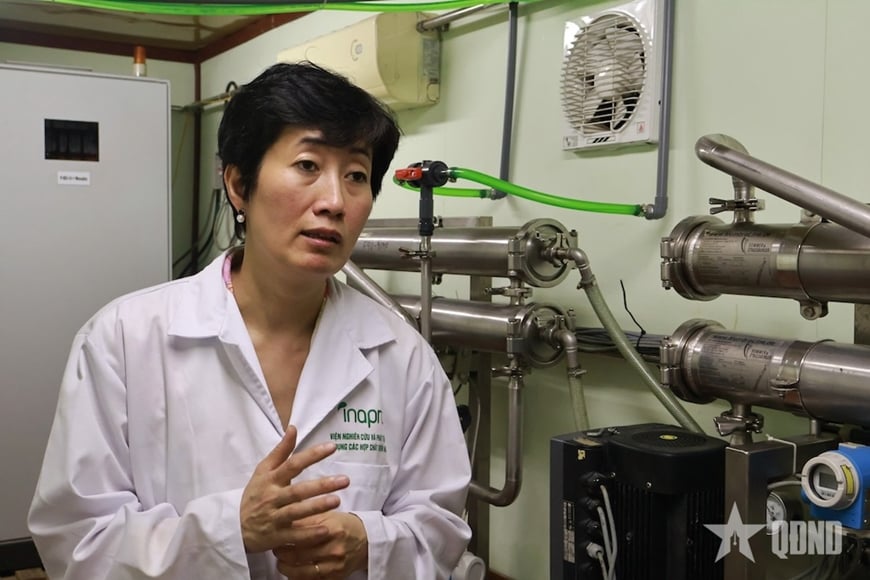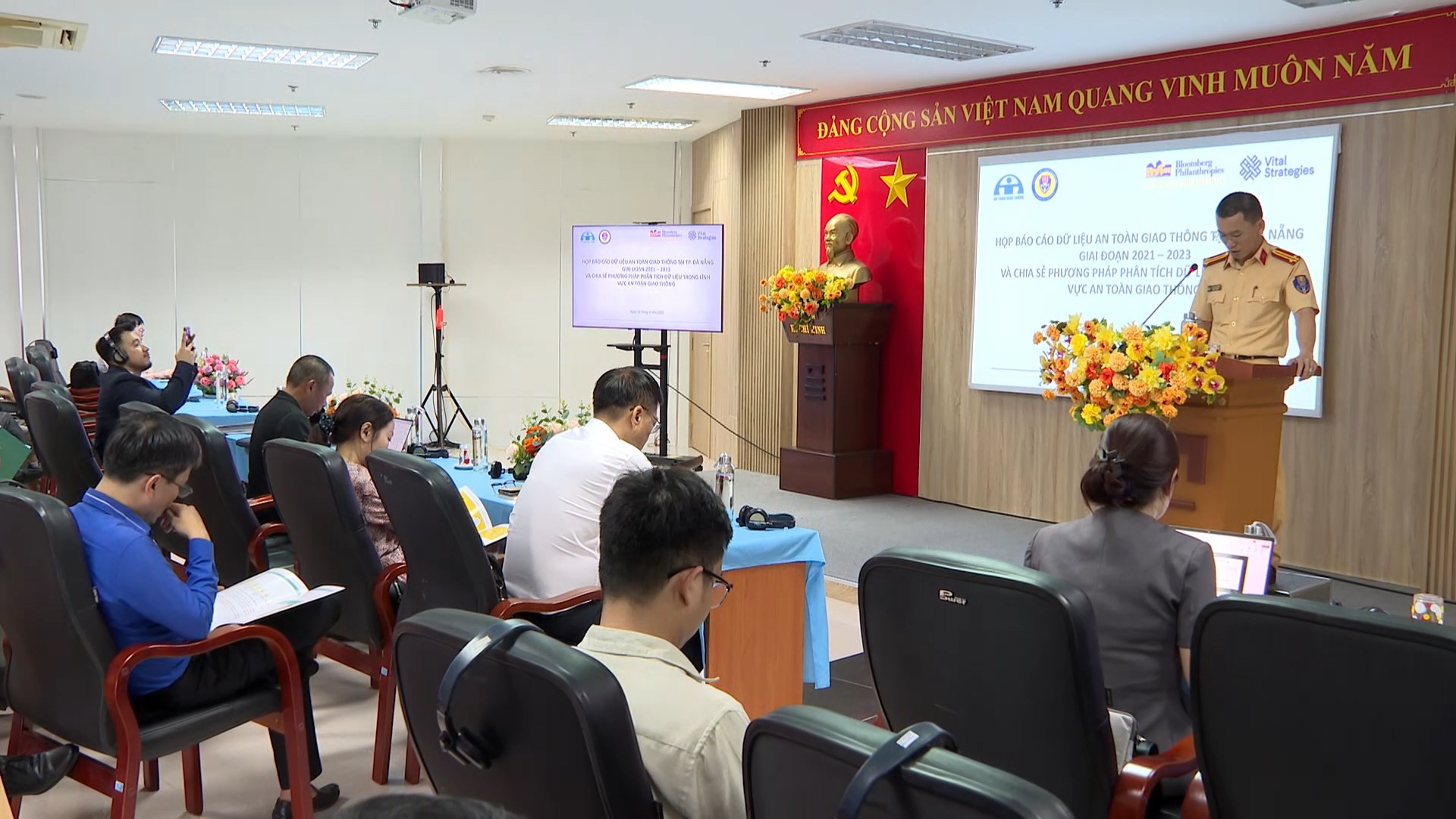Scientific articles are the final step in the research process to publicly announce results, and are one of the important criteria for evaluating the ranking of scientists and the brand value of universities.
In recent times, Vietnam has seen a rapid increase in the number of international publications. Data from the Department of Science, Technology and Environment, Ministry of Education and Training, announced at the end of August the results of scientific and technological activities at higher education institutions, showing that from 2020 to present, the number of publications each year has reached over 18,000.
Of these, about 70% of international publications in the WoS (Web of Science, also known as ISI - world scientific journal citation database), 90% in the Scopus list and more than 50% of publications in prestigious national journals come from universities.
So what does this international publication mean? Dr. Pham Hiep, Head of the Reduvation Education Innovation Research Group, Thanh Do University, explained that scientists create new knowledge through research and present the results of that research through scientific publications in forms such as publishing articles in journals, writing books or publishing conference papers. "This is the function of a scientist, the mission and inherent duty of a researcher," said Dr. Hiep.
Regarding the fact that many scientists are focusing on international publications, Dr. Hiep affirmed that this is understandable, reflecting the integration process of domestic science. Previously, in the 19th and 20th centuries, researchers in each country would often publish articles in journals of that country. This led to two people in two independent countries pursuing the same goals and publishing similar research content due to little connection between countries or between regions and continents. Over time, the way of publishing has been expressed in many different forms and adjusted, scientists have a common voice using English as the main language. Scientific journals have become the main means of academic communication in the academic community, in which international publications appear.
Dr. Hiep likened that, like exporting products to foreign markets, promoting research internationally helps affirm the position and demonstrate the productivity and quality of scientists.
World university rankings still use international publications as an evaluation criterion, so they are still considered a measure of ranking scientific organizations and universities. However, he noted that international publications are not entirely a measure of a university's brand. The reason is that each country still has its own "scientific playground" and has its own local brand value. For example, some universities in Vietnam are not strong in international publications but still have strong brand value, such as in the financial sector. The Academy of Finance is not a leader in international publications but is still the cradle of training leading financial experts for the country.
Associate Professor Dr. Nguyen Dinh Quan, University of Technology, VNU-HCM, said that all funded scientific research must have output products for acceptance, satisfying the requirements of the funding source. In many countries with developed science such as the US, Japan, EU, Taiwan, Korea, Singapore, funding for scientific research comes not only from state funds and programs, but also from businesses. Funding from the business sector in these countries accounts for a higher proportion, linking scientific research with the practical needs of the market and production.
On the contrary, in Vietnam, enterprises still focus on processing and manufacturing with old methods or foreign technology. Therefore, the need for investment in R&D is limited. To promote scientific research, scientific research activities still have to use funding mainly from the state budget. This is necessary and valuable to maintain scientific activities in training and education, but it is not closely linked to the practical production of the market. Topics are subjective to the researcher and the research funding agency.
"The output of these studies is more focused on academic data and quantity than quality. However, the product is an article published in a prestigious journal, which is ultimately the easiest form to evaluate and accept. Such publication has transparent indicators and criteria, so it limits negativity," he said.
Explaining the recent sharp increase in the number of scientific research publications, Associate Professor Quan stated that the reason is that in the increasingly competitive education market, universities consider international accreditation as their reputation and prestige for recruiting students and other activities. Among those accreditation standards, the number of scientific publications is quite important because it demonstrates the scientific capacity of the university. In addition, for individual scientists, the number and total index of scientific publications are also important criteria for recognition of academic titles and degrees and are achievements that can be rewarded with bonuses and salary increases.
However, he acknowledged that publishing in international journals does not fully reflect the value of research. Associate Professor Quan said that conscientious scientists must promote creativity and solve practical problems, not just use tricks and article writing skills to show off the number of works.
Nhu Quynh
Source link


![[Photo] Opening of the 11th Conference of the 13th Party Central Committee](https://vstatic.vietnam.vn/vietnam/resource/IMAGE/2025/4/10/f9e717b67de343d7b687cb419c0829a2)

![[Photo] Unique folk games at Chuong Village Festival](https://vstatic.vietnam.vn/vietnam/resource/IMAGE/2025/4/10/cff805a06fdd443b9474c017f98075a4)


![[Photo] April Festival in Can Tho City](https://vstatic.vietnam.vn/vietnam/resource/IMAGE/2025/4/10/bf5ae82870e648fabfbcc93a25b481ea)
























































































Comment (0)